How to understand, address burnout
A recent study finds that the negative impacts of burnout— on a person’s overall well-being, productivity and quality of work—have increased in the past year.
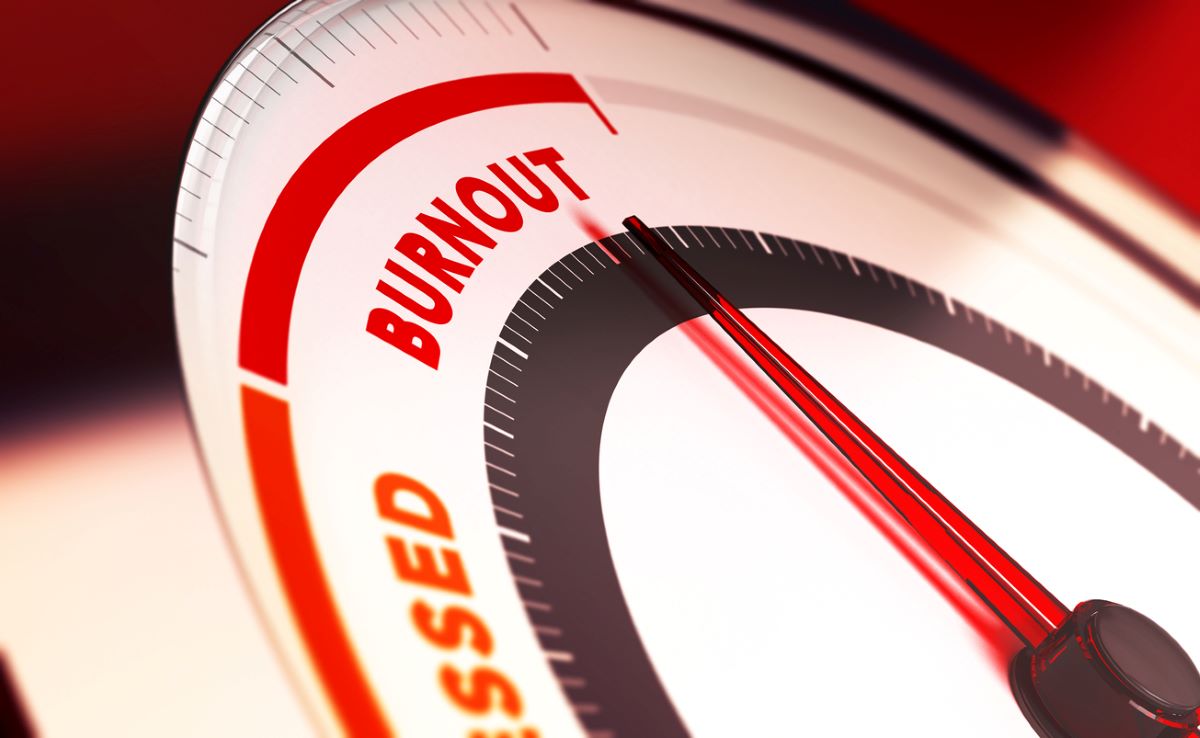
Burnout is not a new phenomenon, though recently it certainly is receiving heightened attention and recognition as both an employee and employer concern. The 2021 Global Workplace Burnout Study by Infinite Potential, an independent think tank, reveals that burnout has increased by more than 5% in the last 12 months, but argues that this is a more complex and multifaceted issue than it is often represented.
Let’s dive into the study’s findings.
1. The report says, “Most organisations struggle to address the problem of burnout for one simple reason: leaders do not understand what burnout is and why it happens.” Here’s how the study defines the term and the impacts it can have on employees:
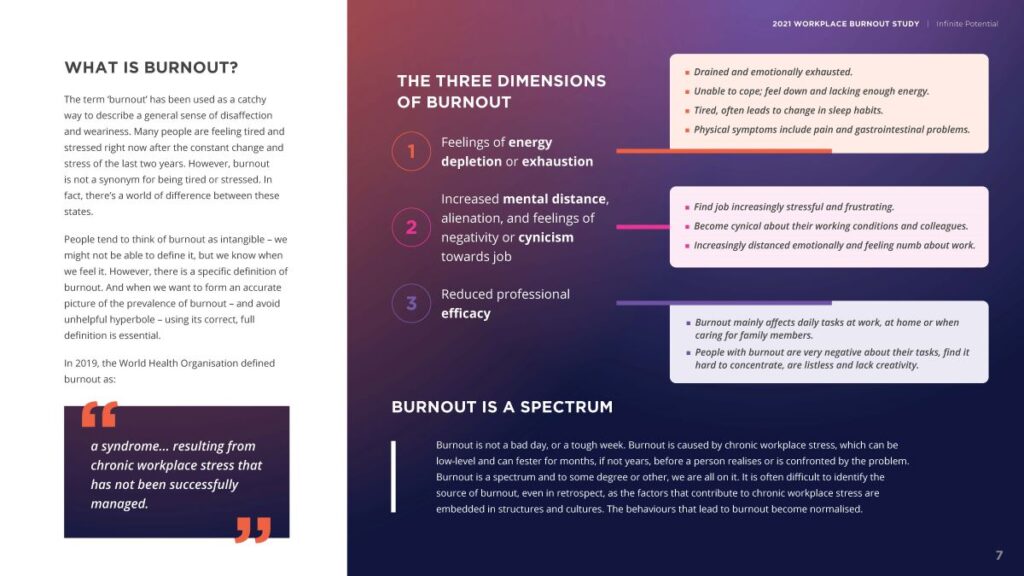
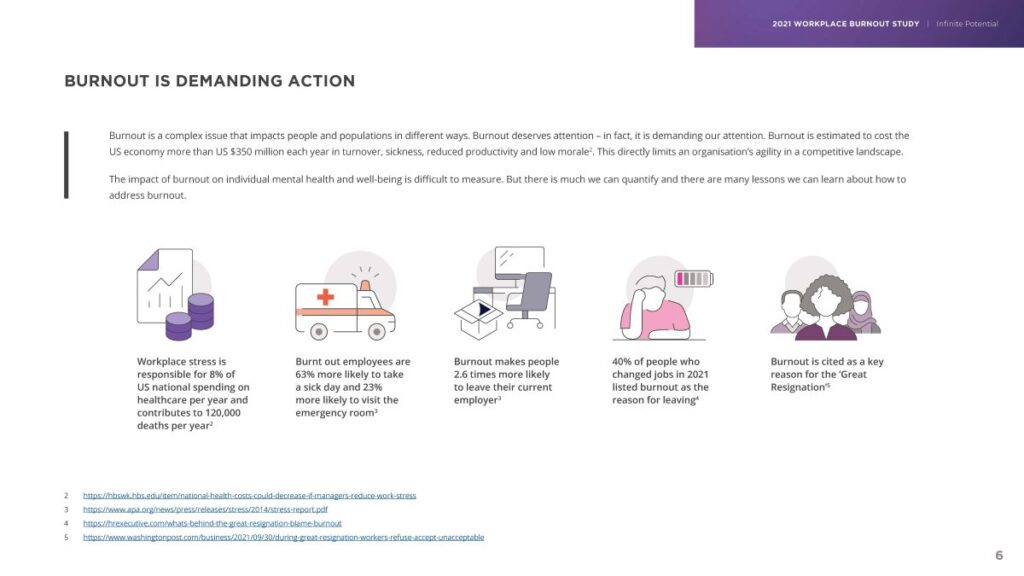
2. In its second year, the study utilizes the Infinite Potential Burnout Scale to examine year-over-year shifts. The findings also reveal “middle managers (those who manage managers) are reporting the highest levels of burnout within organisations.”
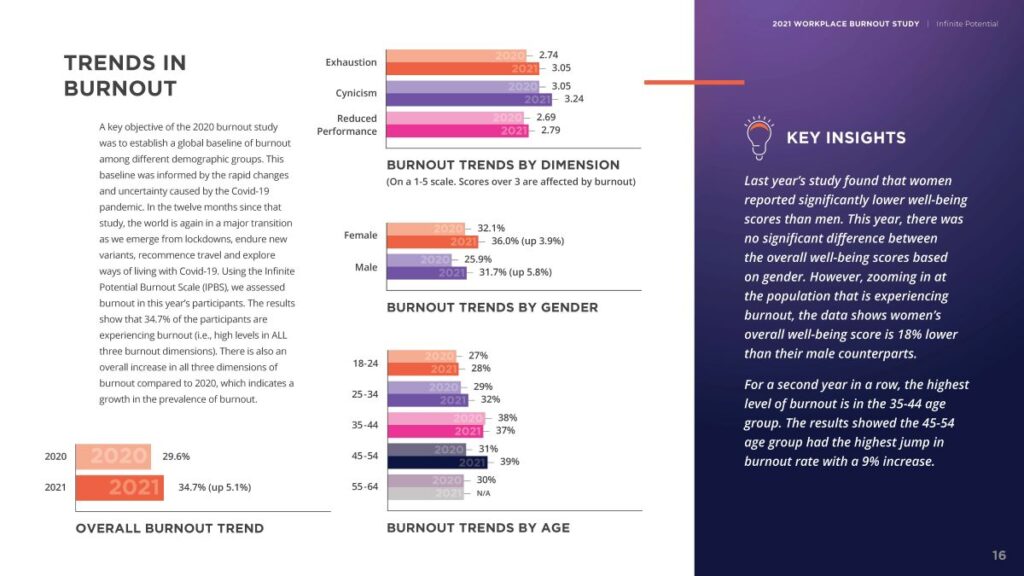
3. While burnout is felt at an individual level, the cause is usually organizational structures and culture. However, leaders also may recognize the problem but are reluctant to take action.
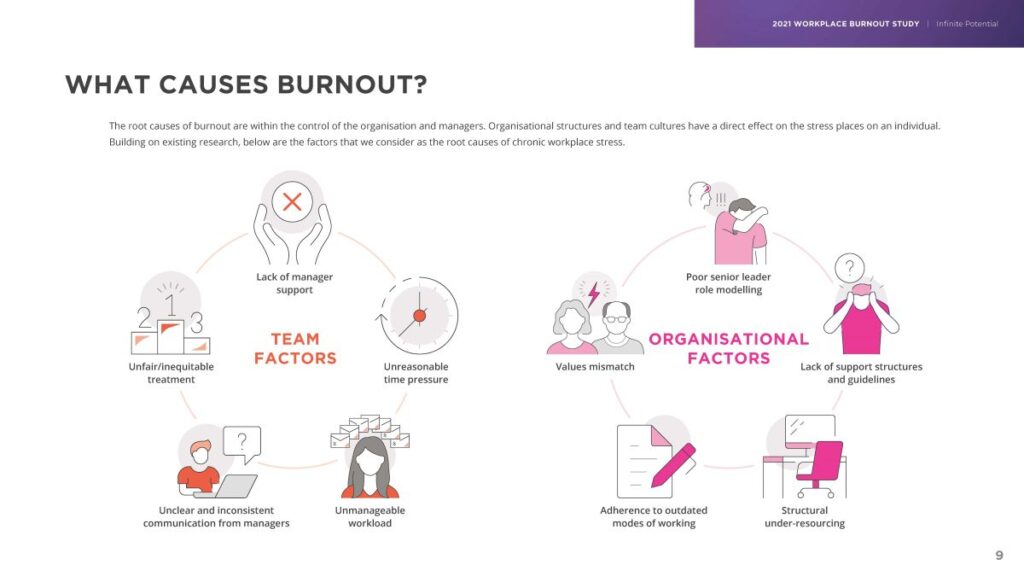
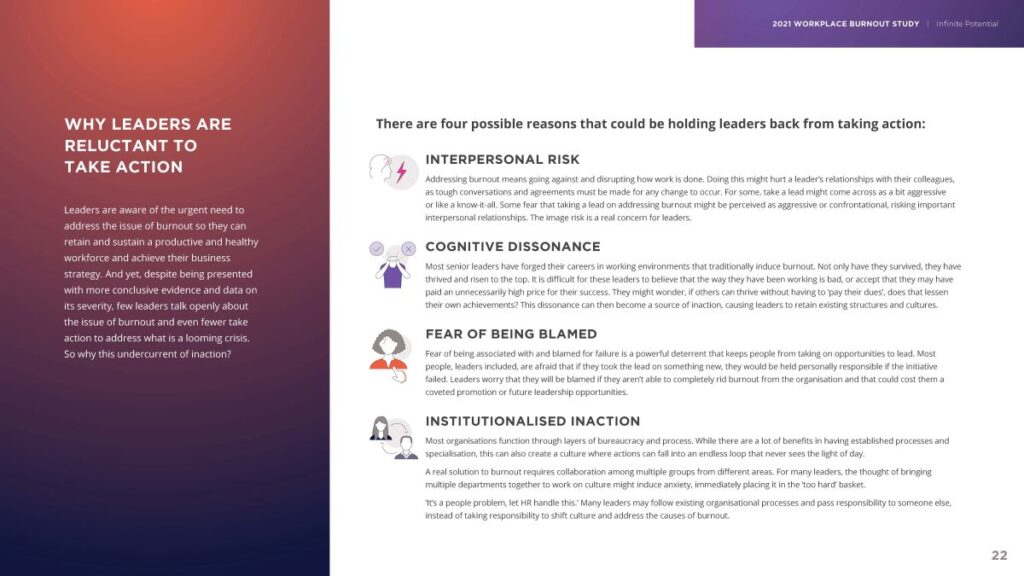
4. The study asked respondents questions around actions they believe will help. One takeaway: “short-term fixes and individual-focused ‘solutions’ have little to no preventative or curative effect on burnout.”
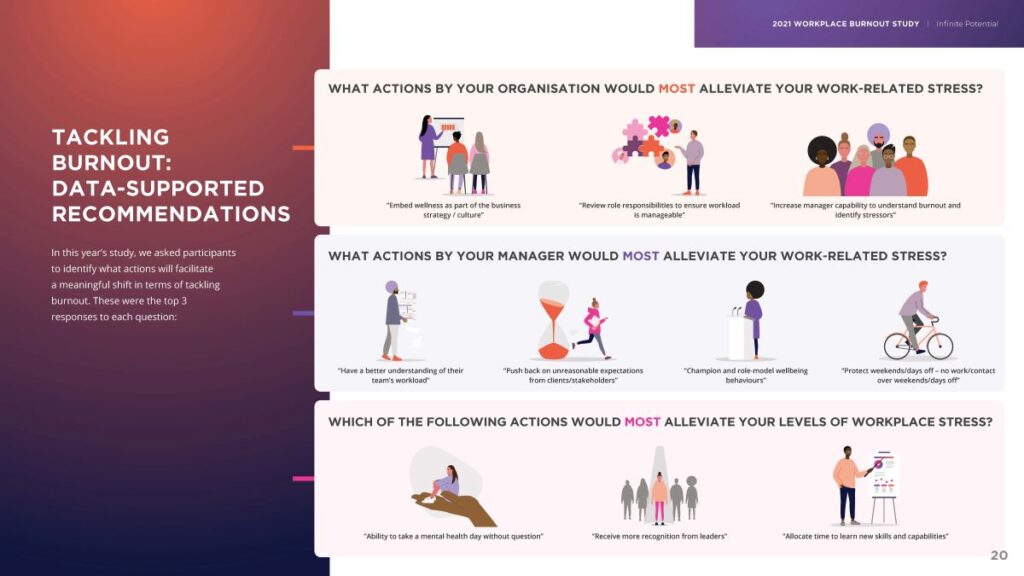
5. The 2021 Workplace Burnout Study sums up its findings into five key recommendations for decision makers:
- Create a purposeful culture of openness and safety for discussions around well-being and burnout across the organization.
- Ensure roles are healthy and sustainable by reviewing workloads and individual job responsibilities.
- Leaders must rethink, inspire, support and experiment (RISE) when it comes to this issue and ensure well-being is embedded as part of the business strategy.
- Identify and measure pressure points that cause chronic stress, such as hours worked beyond a normal working day.
- After a stressful or intense period, have a structure that requires employees to rest and recharge.
What are you/your company doing to mitigate employee burnout, readers? I’d love to hear! Email me at kaceyl@ragan.com.
The report’s authors are Dr. John Chan, managing director of Infinite Potential, and Sally Clarke, author, coach and burnout expert.
For more Workplace Wellness Insider coverage on this topic, read Reports: Vacation is not the solution to chronic burnout.
COMMENT
Ragan.com Daily Headlines
Tags: burnout, burnout at work, great resignation, Infinite Potential, workplace culture






